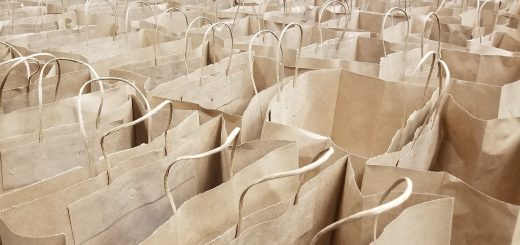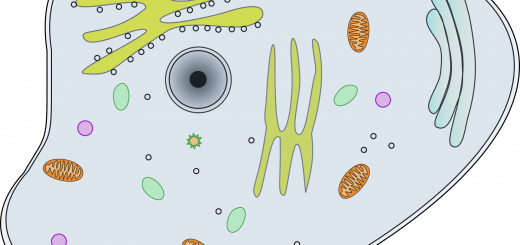Blood types and heredity

Author(s): Octavian Horia Minda
Summary
| Subject | Green Chemistry / Green Biotechnology / Green Engineering and Robotics |
| Topic | Genetics |
| Age of students | 12-18 |
| Preparation time | 30Minutes |
| Teaching time | 60Minutes |
| Online teaching material (links for online material) | |
| Offline teaching material | red food colorgreen food colorwater4 test tubestest tube rackgraduated cylinderbeakermedicine dropper or pipette |
Aim of the lesson
By the end of this lesson students will:
1) see if they can discover the pattern of genetic transfer for blood type
2) Analyze bioethical issues and consider the role of science in determining public policy.
Activities
Describe here in detail all the activities during the lesson and the time they require. Remember, that your lesson plan needs to revolve around the topic of bioeconomy.
| Name of activity | Procedure | Time |
| Introduction | British physician James Blundell recorded the first blood transfusions in 1825. About half of his patients benefited from them but many had severe reactions and several died. Would you have volunteered for a transfusion given these odds? After careful investigation it was discovered that blood cells contain surface proteins on the cell membrane that identify 4 different blood types. A has “A” surface proteins, B has “B” surface proteins, AB has both “A” and “B” surface proteins and O blood has no marker proteins on the cell membrane. Later experiments showed that not all blood types can be mixed together without a clumping reaction that occurs when a “foreign invader” enters a human body. Our immune system “knows” which cells belong in our body. It is able to recognize intruding cells and kill them. Some blood types are recognized as foreign and the clumping reactions occur that may harm the patient. In this activity, you will find out which types of blood are safe to transfuse into people with different blood types. You will also see how blood types are genetically determined. | X min |
| Prediction | Which type of blood might be safe to put in anyone? | Xmin |
| Experiment | 1. Use this key to the blood types and colors: A= red water B=green water AB=red + green water=brown water O=clear water 2. Add 20 ml of each kind of “blood” to a test tube. One tube will be empty. It will be the “test” tube. 3. Start with “A” or red blood. Add 5 ml of “A” blood to the empty test tube. Then add 10 drops more of “A” blood. Look for a color change. Since red + red = red, write “safe” on the data table to show no change. 4. Continue adding by adding 5 drops of “B” blood to the “A” blood. If there is a color change, write down “unsafe” on the data table. Empty the test tube and start over with 5 ml of “A” blood then add 5 drops of the AB and then O. Every time you get a color change, empty the test tube. 5. Do the same thing for B, AB and O blood. Record your findings. | X min |
| Data:DonorsReceiversABABOA B AB O | Xmin | |
| Analysis | Summarize this data by filling in this chart to showing which transfusions are safe or unsafe: If you have blood type:You can donate to:You can receive from:A B AB O | Xmin |
| Going on | Accurate blood tests were soon developed so that people could be transfused with the correct blood types for them. But the question of how blood type was transferred genetically was still unknown. Like most questions in genetics, the answer was found by first looking at family pedigrees.What happens when B blood is transfused in an O blood person? | Xmin |
Assessment
Describe here the assessment method of the lesson, if any. For example, if you plan on assessing your students with a quiz, include here questions and answer options with color-coding the correct answers.





